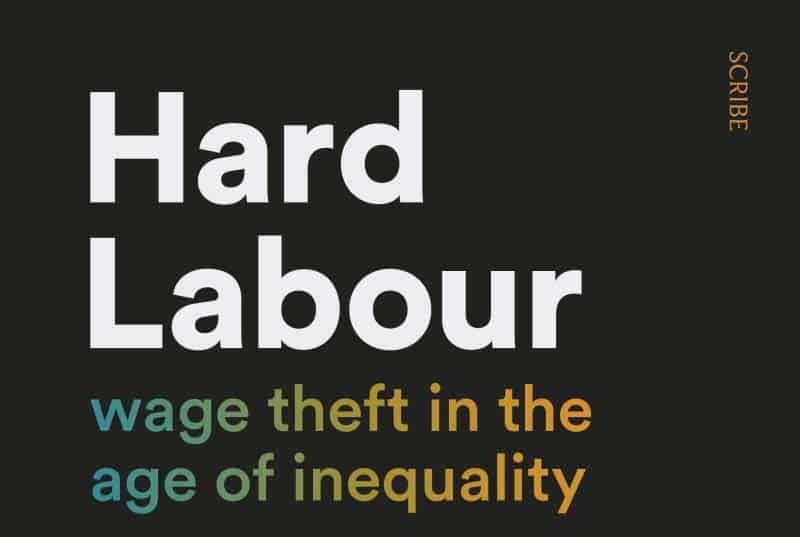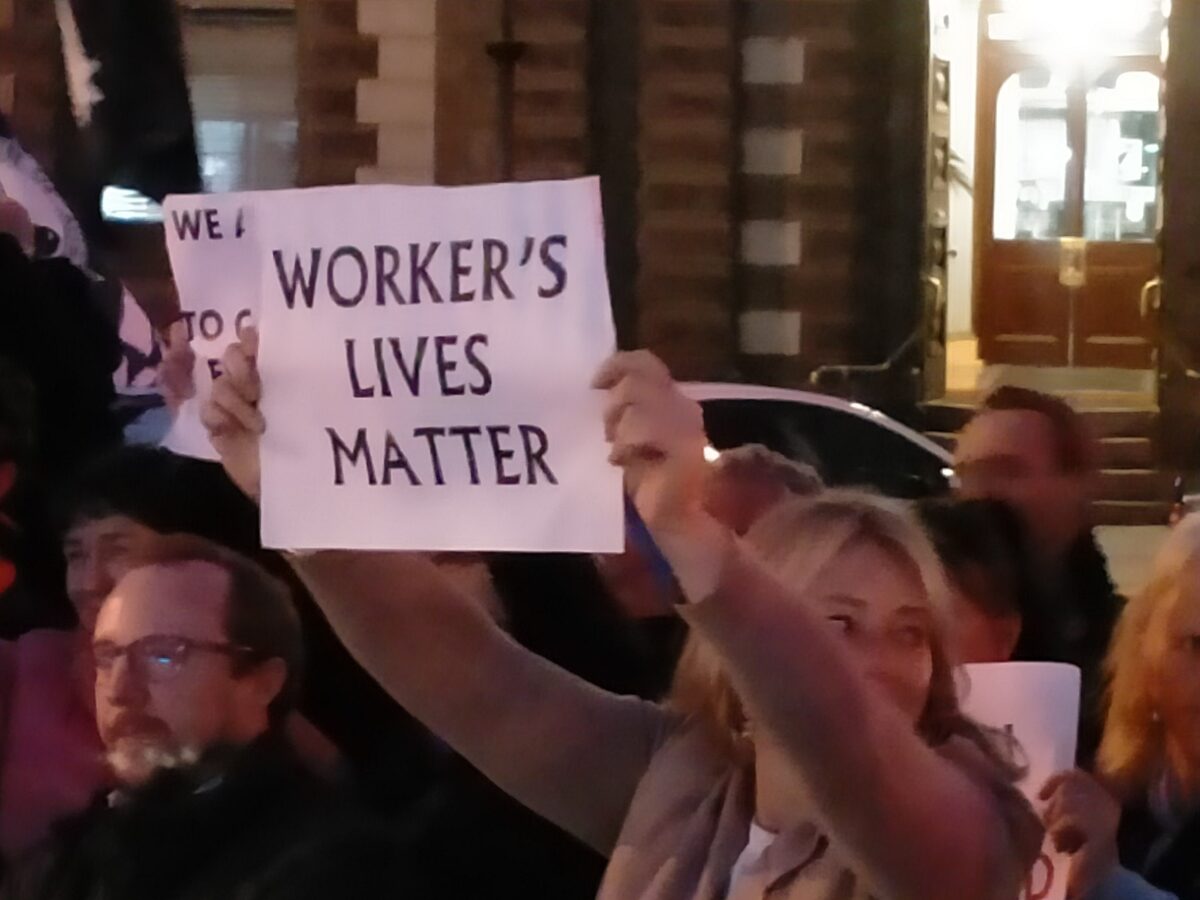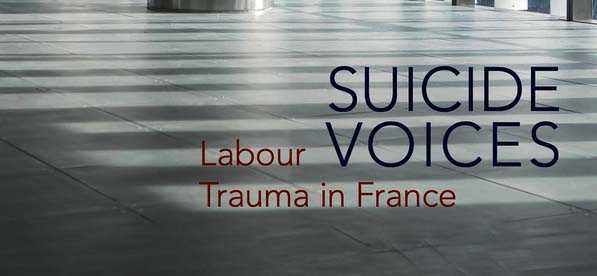Journalist Ben Schneiders has written an excellent book about wage theft in Australian businesses – where it came from, why it persists, and the inequality it generates through institutional and wilful exploitation. What is missing is a chapter, at least, on the occupational health and safety (OHS) contexts of this exploitation. OHS is touched on but is also missed when discussing some of the pay and working conditions.
Category: death
Australia’s mental health industry is in transition
Dr Ian Hickie is a well-respected and knowledgeable advocate of mental health. His CV shows extensive experience in this area since the 1980s. Recently Dr Hickie spoke to the Australian Financial Review about EY’s announcement of a review into its workplace culture following the death by suicide of one of EY’s employees at their offices. The article (paywalled) seems to show a change in traditional approaches to mental health in workplaces, but the change needs to be much more significant and broader.
Pressure on local government over procurement and OHS
On a chilly night in Ballarat, over a hundred people gathered outside the Town Hall, within which the City Council was meeting, to let the Council know that the awarding of millions of dollars of ratepayers’ money to a local company that admitted to breaching occupational health and safety (OHS) laws and that led to the deaths of two local workers was not acceptable.
The event seem coordinated by the local Trades Hall Council, for the usual inflatable rat and fat cat were next to the ute, which was blasting out protest songs. Almost all the speakers were trade unionists, although one was Andy Meddick from the Animal Justice Party. The protest may not have achieved the changes that many speakers called for, but as is the case with these types of events, Council has given some ground with a likely review of the OHS procurement criteria.
Workplace suicide at one of the “Big 4” consulting firms
Warning: this article discusses suicide
Discussions about workplace mental health are everywhere, including this blog, but workplace suicides are less discussed, even though there is a direct connection between the two themes. This is due to the continuing stigmatisation of suicide, legal caution, reputational preservation and other factors. It is difficult to write about but necessary to do so.
Recently an EY (formerly Ernst Young) employee died at work after a work function. Some media has reported on this tragic incident, but EY has been under media scrutiny for some time about its workplace culture.
Continue reading “Workplace suicide at one of the “Big 4” consulting firms”SafeWorkSA’s approach to psychological harm is as much as it can do but doesn’t have to be
The harm presented by working in Australia’s mining sector has been a concern for a long time. Over the last decade or two, the psychosocial harm from the same work has come to the fore. The occupational health and safety (OHS) responsibility sits clearly with the employers who, in Australia, are often well-resourced national and international corporations. Recently SafeWorkSA issued a media release entitled “Sexual harassment in mining sparks campaign“. SafetyAtWorkBlog took the opportunity to put some questions to the South Australia OHS agency, to which it has responded.
Should a company that killed two workers receive a $2 million government contract?
In November last year, Pipecon was found guilty of breaching its occupational health and safety (OHS) duties concerning the deaths of two of the company’s workers in and from a trench collapse. An offence to which the company pleaded guilty. (Details of the incident and prosecution can be found HERE – search for Pipecon). The Ballarat Council has awarded the company a road construction project valued at over $2 million. Should the Council have done so? How does this decision affect the deterrence message that OHS prosecutions are supposed to generate? What does this say about the criteria used in procuring services?
Multidisciplinary approach to work-related suicides (Open Access)
Recently Denmark hosted the 19th European Symposium on Suicide and Suicidal Behaviour. Workplace suicide was on the agenda, and SafetyAtWorkBlog was able to pose some questions to a leader in suicide research, Professor Sarah Waters. Below is an illustrative extract:
Continue reading “Multidisciplinary approach to work-related suicides (Open Access)”“….If we reduce suicide to a mental health problem that is located in the mind, then there is no need to question the wider social structures and power relationships in which the individual is embedded. Suicide in my view is a political and a societal problem that is shaped by the wider social forces of which the individual forms part….”







